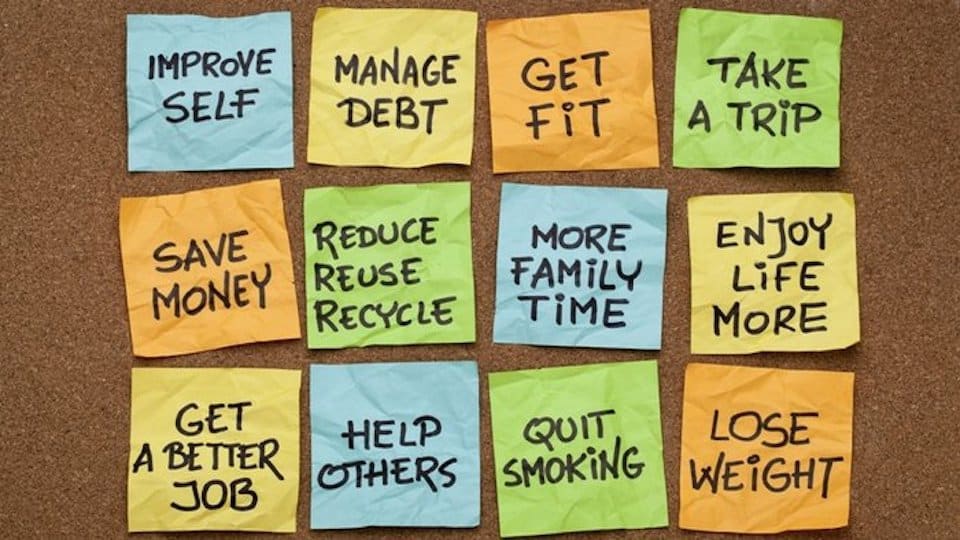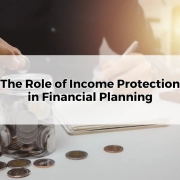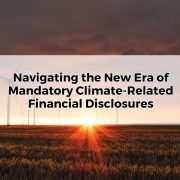The future of banking: Marketplace lending revolution
Table of Contents
ToggleThe banking industry is in the midst of a major transformation, and at the forefront of this change is marketplace lending. This new form of lending is deemed to be the future of banking because it enables borrowers to access financing from a variety of sources, including other individuals, rather than traditional banks.
Marketplace lending is already having a major impact on the banking sector, and its growth is only set to continue in the years ahead. This revolution in banking is providing more options and flexibility for borrowers, and it has the potential to completely upend the traditional banking system.
What is marketplace lending and how does it work?
Marketplace lending is poised to revolutionise the future of banking and offer an alternative to traditional banking. It provides additional borrowing options for individuals, small businesses, and startup companies that often find difficulty accessing credit from traditional banks.
Marketplace lending works by connecting borrowers directly with investors who provide funding in exchange for an agreed upon interest rate. These investors are typically not traditional banks like a credit union or bank but instead can be from a variety of sources, including community-based organisations, pension funds, hedge funds, foundations, and insurance companies. This eliminates the long wait times associated with applying for a loan from a traditional bank, as marketplace lenders can typically approve loans within 24 hours.
It’s clear that marketplace lending is disrupting traditional banking methods and creating new investment opportunities that have the potential to reshape the future of banking.
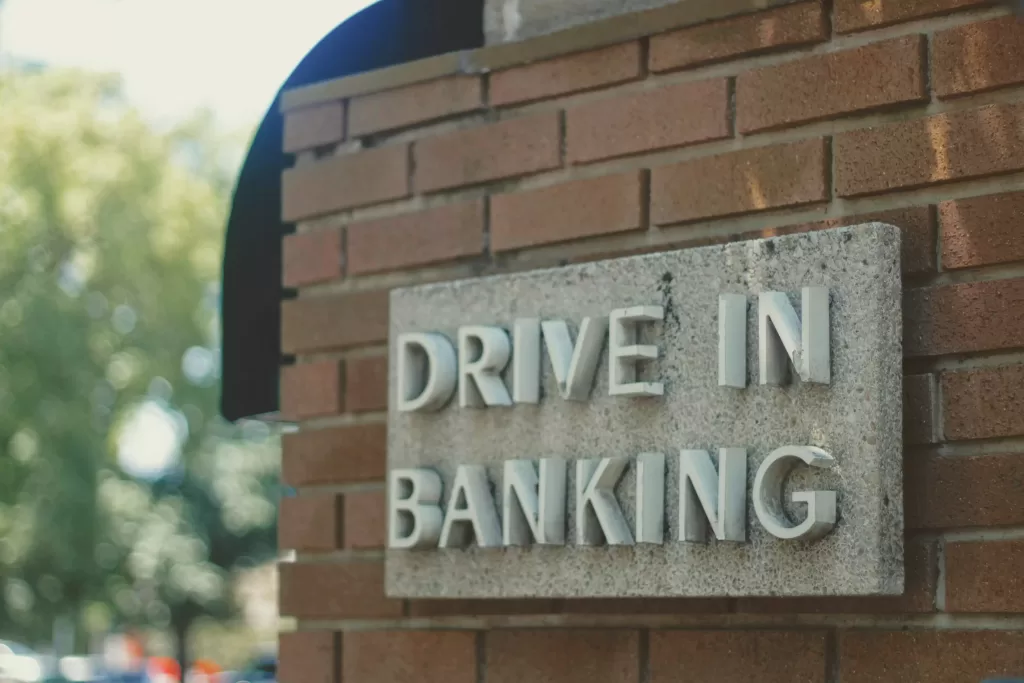
The advantages of marketplace lending
Marketplace lending is quickly becoming the future of banking, and it’s easy to see why. On one end, borrowers are afforded quick decisions and access to money that was previously out of reach without having to go through tough bureaucracy with traditional lenders.
For lenders, they can invest in various portfolios while enjoying higher returns on their investments than with traditional lending.
It’s a win-win situation for both borrowers and lenders, and expect we’ll start to see more use of marketplace lending as time progresses.
The potential of marketplace lending to disrupt the banking industry
With almost every industry embracing the future of technology, it’s no surprise that the future of banking is being driven by marketplaces like Fintech that are turning traditional financial service models on their head.
Marketplace lending offers the potential to completely disrupt the banking industry, allowing faster and more cost-effective access to capital for those who wouldn’t traditionally be able to receive it through existing banking institutions. With its lower overhead costs, accessibility, and convenience, marketplace lending has the potential to revolutionise how businesses get capital when they need it most. And with these innovative, future-proofing business practises around the world, it’s no wonder there’s already been a tipping point in favour of marketplace lending as a viable financial solution.

Is marketplace lending safe?
Just like any financial transaction, you need to be aware of the risks involved in marketplace lending. With advancements in fintech and the future of banking, marketplace lending is becoming increasingly popular amongst both traditional lenders and non-traditional borrowers due to its convenience. But security concerns remain, especially when it comes to unprotected data being stored or shared on platforms.
Before engaging in an online loan transaction, responsible lenders and borrowers should conduct due diligence and research each other’s credentials.
Ultimately, as long as you’re mindful of your security and rely on reputable lenders, marketplace lending can be a safe way to conduct business.
The risks associated with marketplace lending
Marketplace lending is a relatively new but growing means of financing, and while it certainly has its benefits, there are some risks associated with it that need to be considered.
The future of banking will undoubtedly involve marketplace lending, but consumers should remain aware of the risks associated with all forms of digital-only loans.
For lenders, one key risk is the potential for borrower default, meaning if a borrower isn’t able to pay back the loan, they could suffer a major financial hit.
For borrowers, data privacy is a huge concern—not only must you make sure your information is kept safe during the entire process, but you also have to take care to ensure any other data associated with loan quotes remains private.
Finally, both lenders and borrowers have to watch out for misinformed advisors. When it comes down to marketplace lending, you need to understand all the details before taking action.
The future of marketplace lending
The future of banking lies in marketplace lending. With this new form of finance, consumers have more financial freedom and flexibility than ever before. Companies provide online loans to borrowers quickly and easily with transparent pricing and low interest rates, eliminating the hassle associated with traditional lenders.
Marketplace lending offers an array of benefits that are proving to be the future of banking: reduced friction when applying for a loan, reduced costs due to streamlined processes, and increased competition that drives down interest rates. The future of banking looks bright, with marketplace lending leading the charge.
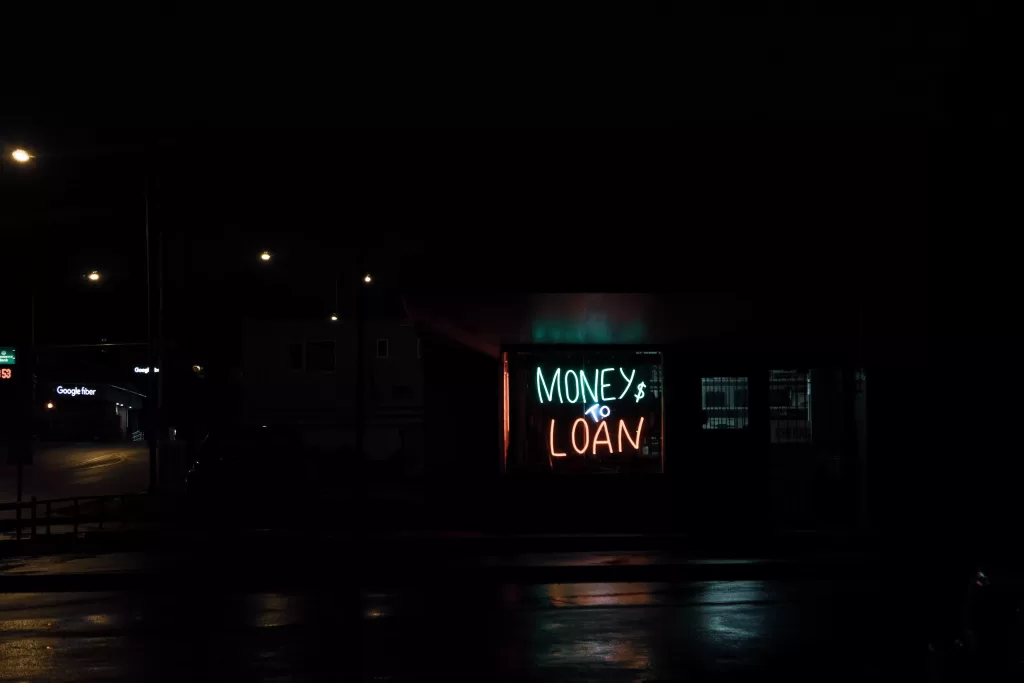
Marketplace lending is a new way of borrowing and lending money that cuts out the middleman (traditional banks) and connects borrowers and lenders directly. There are some great advantages to this system for both sides, but there are also some potential risks involved. It’s still a relatively new industry, so only time will tell how safe it really is and whether or not it has the power to disrupt traditional banking as we know it. But one thing’s for sure: marketplace lending is changing the landscape of finance, and it’ll be interesting to see where it goes from here.




